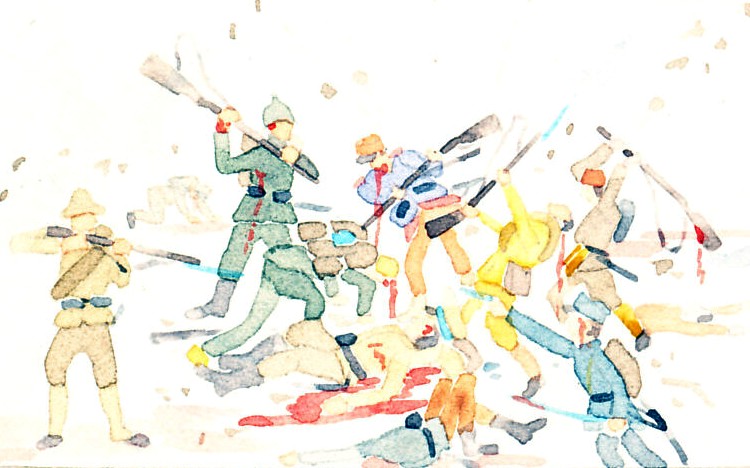Allied Commanders Henri Philippe Pétain, Douglas Haig, Ferdinand Foch, and John J. Pershing. Foch was Allied Commander in Chief, the other men commanders of the French Army, the British Expeditionary Force, and the American Expeditionary Force respectively. From The Memoirs of Marshall Foch by Marshall Foch.

Commanders of the Allies in 1918 and their autographs.
Pétain Haig Foch Pershing
Other views:
Larger
